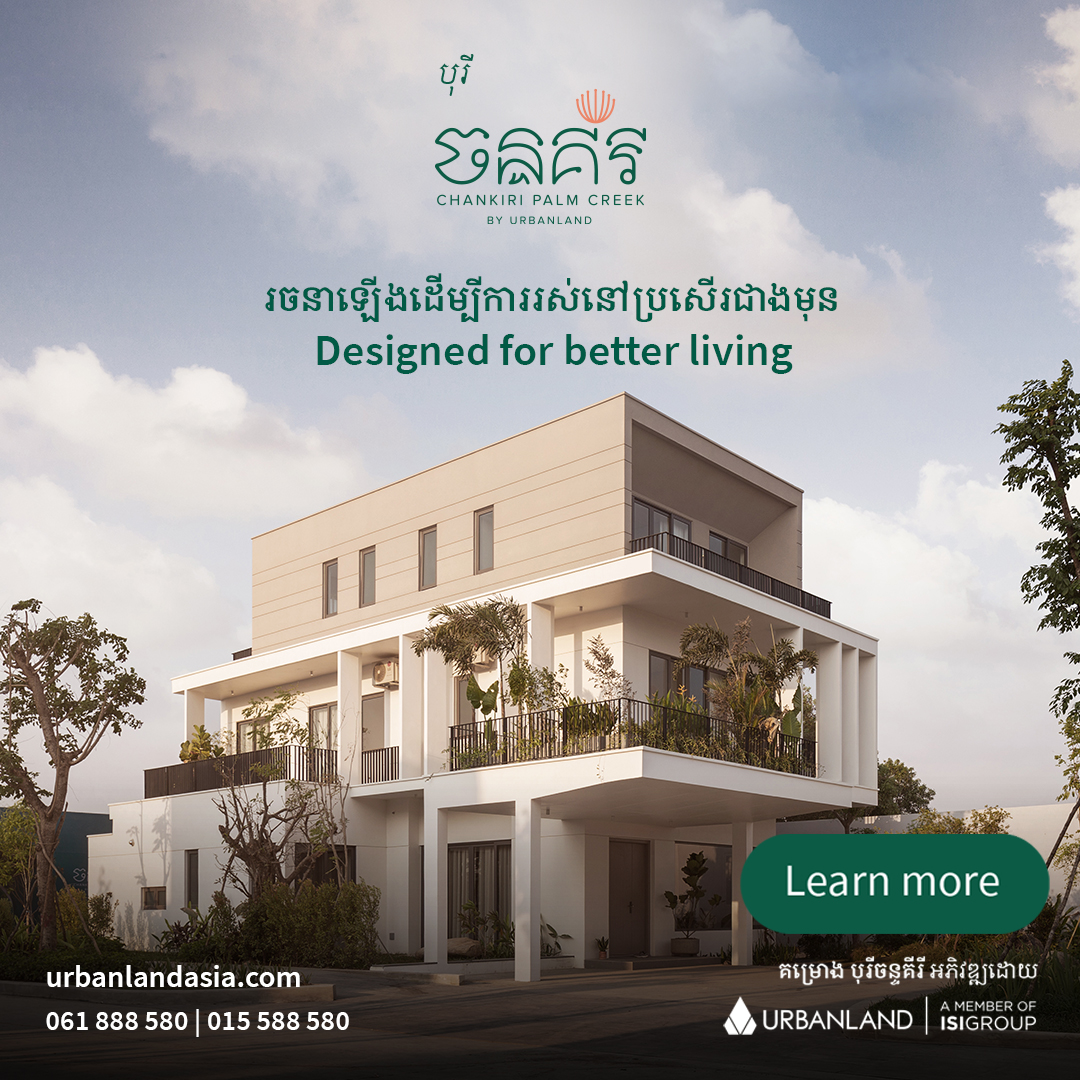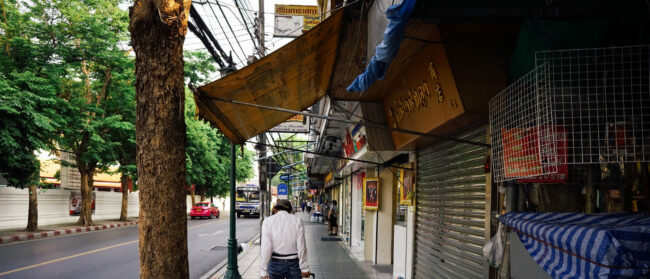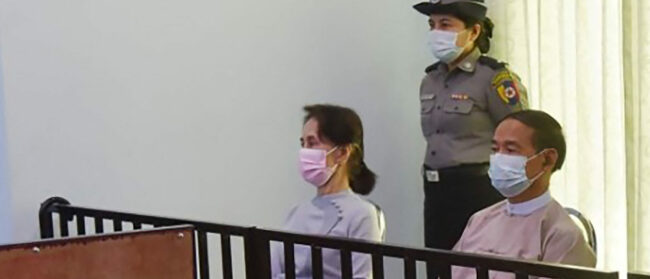The city is mankind’s utopic project; it is our attempt to remake the world after our heart’s desire, eminent urban sociologist Robert Park said in 1967.
Nowhere is this more evident than in the city-state of Singapore, whose urban space is an ever-shifting landscape of both reinvention and conflict; it holds the potential of progress and betterment, whilst also being a shifting battleground on which present inequalities are reinforced and subverted.
In speaking of Singapore’s urban spaces, we think of control. We think of our attempt to render the city habitable and desirable – a living art piece that responds to our ever-changing needs. To those who know this city-state intimately, Singapore is at once framed by soaring skyscrapers, and yet embraces its array of modest housing blocks.
But try as we might, our control is not complete.
Today, we make the somewhat startling discovery that we are not alone in this landscape. We share our urban spaces with seemingly ‘untamed’ characters that defy the strict and sanitised mould. They stroll leisurely across your path in the mornings, giving no heed to your impatience or business. They lounge lazily under the void deck, sheltered from the harsh rains or piercing rays of the sun, seemingly without a care in the world.
Come hither, and they may perhaps deign to acknowledge your presence with a tail flick and meow; or if you catch them on a bad day, you may be greeted by an indignant swat to your outreached hand.
They are our nearly 50,000 community cats, living in the shared urban spaces as us humans, as we Singaporeans.
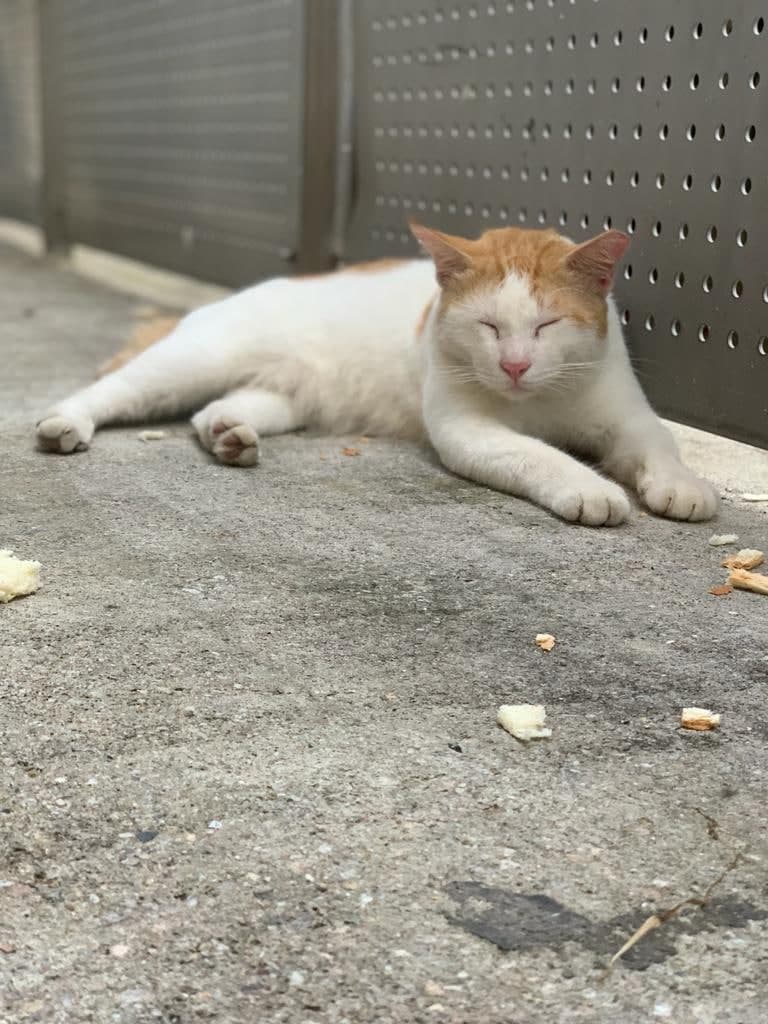
No longer are they ubiquitously known as ‘strays’. In Singapore, due to the efforts of organisations such as the Cat Welfare Society, there has been a general movement to re-frame these animals as ‘community cats’, a choice in naming that is conscious, deliberate, and should be encouraged. The phrase ‘community cats’ embraces these animals as part of the community, whilst the colder labelling of ‘strays’ merely reinforces a status of drifters, of outsiders and pests that have wandered into our carefully managed territory.
Today, community cats have grown to become an almost inseparable part of Singaporean society, and this is reflective of society’s increasing acceptance of and ability to cohabit with the natural world. Community cats are taken care of by a whole neighbourhood of people who feed, provide veterinary care and in general, keep an eye out for their well-being.
In fact, each community cat often has an assortment of names, given by different residents. Some Singaporean favourites include Girl-girl, Fatso and Baobei (Baby in Chinese). Regardless of what they are called, many community cats are loved dearly.
The people who feed them, also known as community feeders, supply them with food paid for from their own pockets. Feeders often spend a large chunk of their paycheck feeding their furry community friends. A cat feeder in the Ang Mo Kio neighbourhood of Singapore for instance was recently reported as spending SGD$820 ($620) a month feeding a whopping 30 community cats.
In fact, accommodations for these feline residents is becoming an indelible part of the imagined and built urban architecture. No longer are these cats passing wanderers; they have made themselves quite at home in the shared spaces of void decks or shelters.
Some feeders tap into their creativity and ingenuity, building DIY cat houses for these community cats. They turn something as simple as a worn-out chair and cushion, or discarded cardboard with curtains, into a fantastic residential palace for their beloved felines. Residents in Telok Blangah for instance even built a mini ‘condo’ for two community cats out of recycled items.
Just last week, a Singaporean student designed void deck fixtures for community cats to eat, rest and play. Titled “Just Let Us Live Lah!”, the project aimed to provide safe and enjoyable spaces for community cats to live and co-habit peacefully with their human residents.
This appears to paint a rosy picture, and yet the harsh truth is, there have been periodical surges of violence against these creatures. Not all are accepted by members of the community, and there still exist (in)human acts of intolerance and aggression.
Why are there so many instances of violence and intolerance? Perhaps it is a reflection of a simmering resentment towards the ‘dirty’ and ‘uncontrollable’ Other
It is not uncommon to hear of community cat feeders being verbally abused by members of the public, who demand they stop feeding them. Just recently in May, a community cat feeder was threatened by an erratic man wielding a chopper. Crying out the words ‘dirty, dirty’, he wanted to call the police on her as he was unhappy with her feeding the cats.
The violence extends to physical violence done unto the cats themselves. In December last year, a cat was found dead with its severed left hind leg a short distance away from its carcass. In May, at least ten cats in Ang Mo Kio were found with deep slash-type wounds on their bodies. In June, a youth tried to cane a community cat in Seng Kang.
Amidst the happy narrative of co-existence and peaceful habitation, why are there so many instances of violence and intolerance? Perhaps it is a reflection of a simmering resentment towards the ‘dirty’ and ‘uncontrollable’ Other, who has encroached into our supposedly man-made, sanitised human sanctuary. Remember too, that abuse of all kinds is so often an attempt at control and subordination.
It is telling that these acts of inhumanity and cruelty are often carried out and showcased in the public, urban space, in the only space where the cats have ever truly known and lived in. Not only are these acts of abuse a bizarre and gross attempt to reclaim control over the natural and untamed, it is also a spectacle of power, flamboyantly on display in the public sphere.
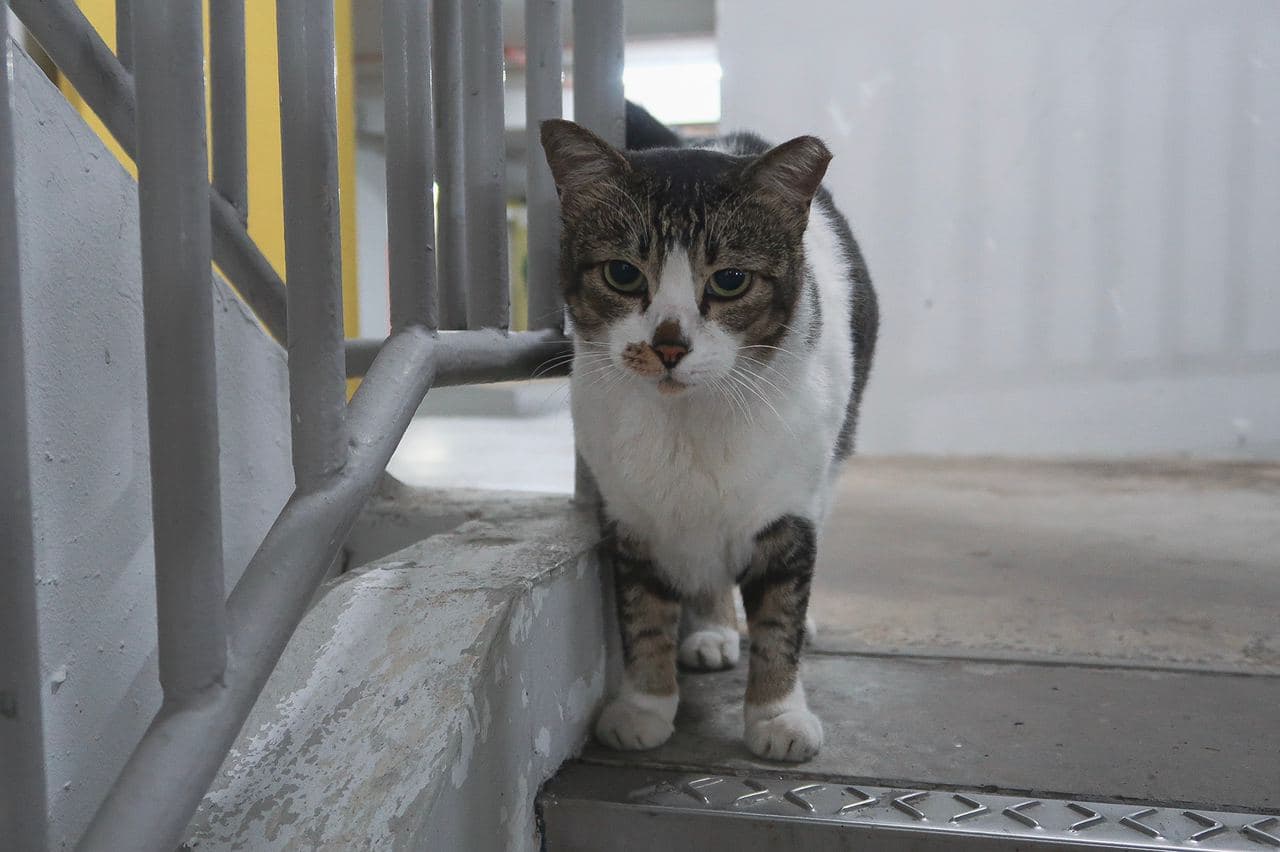
If, as noted by Robert Park at the beginning of this piece, the cityscape is a reflection and manifestation of our heart’s desire, I say that the way we treat our animals within this city is a reflection of our humanity.
Perhaps it is time to re-examine our relationship with community cats and take a long, stern gaze as to our place in the natural and built environment. Do we perceive ourselves as lofty gods, where the environment and all lives that exist within it are subject to our capricious whims and fancies? Or do we acknowledge our fundamental humanity, a humanity that is shaped not by control over subordinate animals, but of a powerful and peaceful co-existence with other humans and creatures of the world?
It is time to take a step back and reconsider our urban spaces from a different light, from a different pair of eyes. The city should not be mankind’s utopic project to serve his own human needs and wants. Rather, it should be a project to serve the needs of all inhabitants, to allow for the flourishing of all forms of life, regardless of species.
Stephanie is a Singapore-based socio-political commentator and rights advocate, whose interest lies in increasing access to justice and protection.

